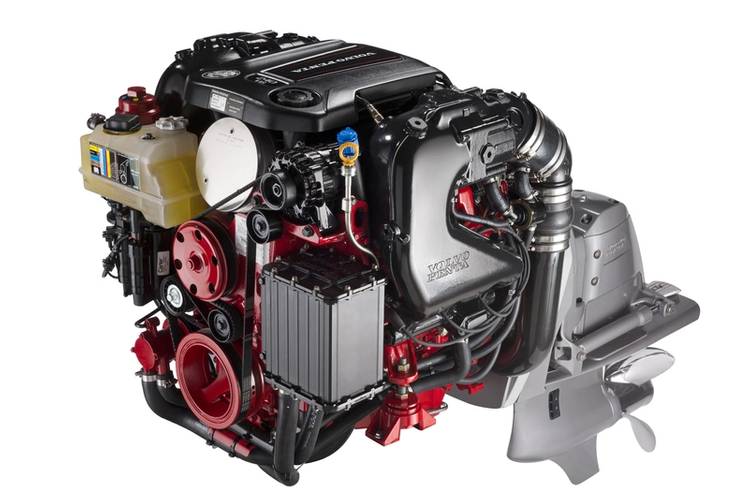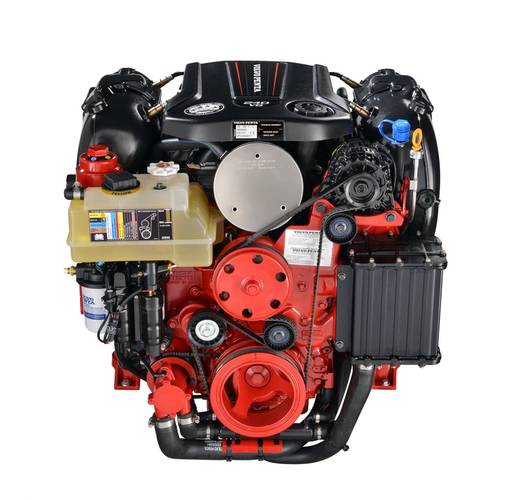Volvo Penta Debuts New Marine Engines
Volvo Penta today introduced the first two models of its next-generation sterndrive marine gasoline engines.
The new 4.3-liter catalyzed V6 engines, rated at 200 and 240 horsepower, will supplement Volvo Penta’s current V6 product line. They debuted at the Marine Dealers Conference & Expo (MDCE) in Orlando, Fla., Nov. 16-19.
Volvo Penta will roll out the complete new family of next-generation V6 and V8 gasoline sterndrive engines during 2015 and 2016, expanding on the V8-380 introduced by Volvo Penta in 2012.
Ron Huibers, president of Volvo Penta of the Americas, said, “These next-generation gasoline engines are true thoroughbreds incorporating innovations that yield dramatic improvements in torque, acceleration, fuel efficiency, emissions and durability at a competitive cost.”
According to the manufacturer, key benefits and technologies include:
- Better fuel economy and lower emissions through common-rail direct fuel injection
- Higher torque and acceleration using Variable Valve Timing (VVT)
- No saltwater exposure to any internal engine parts with freshwater cooling (FWC)
- Increased power-to-weight ratio due to lightweight all-aluminum block
- Optimized for use with ethanol blends using wideband oxygen sensors
- Extended service intervals and simplified servicing from common engine platform
Current and new engines are available with DPS, OceanX and SX drives as well as Electronic Vessel Control (EVC) options. The engines also come with constant RPM in turns as a standard feature.
Huibers said, “These next-generation engines are designed to improve fuel efficiency and meet the world’s most rigorous emission standards, including the U.S. Environmental Protection Agency and California Air Resources Board, as well as future European Union requirements, by a wide margin. We are also reducing CO emissions at idle by 95 percent.”















